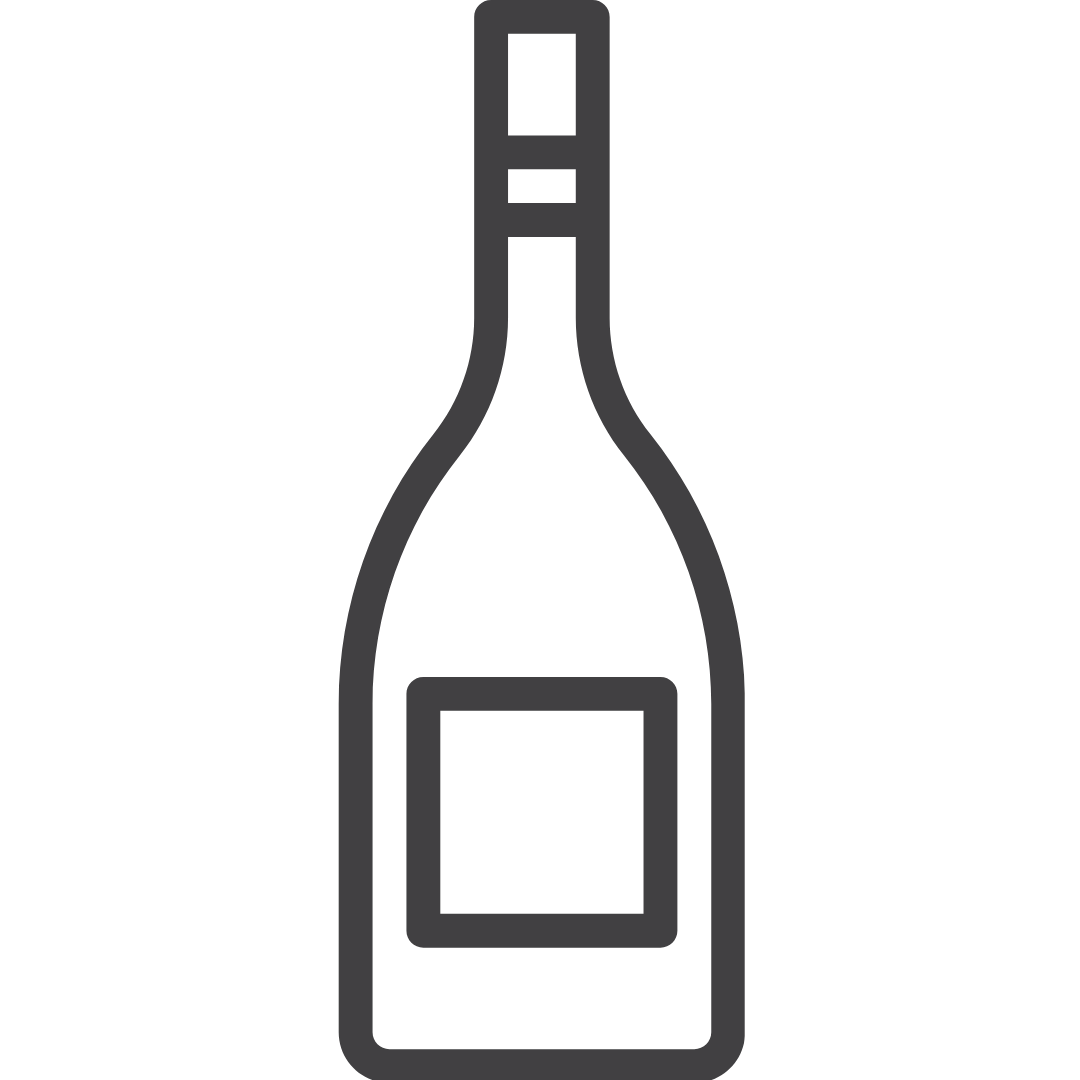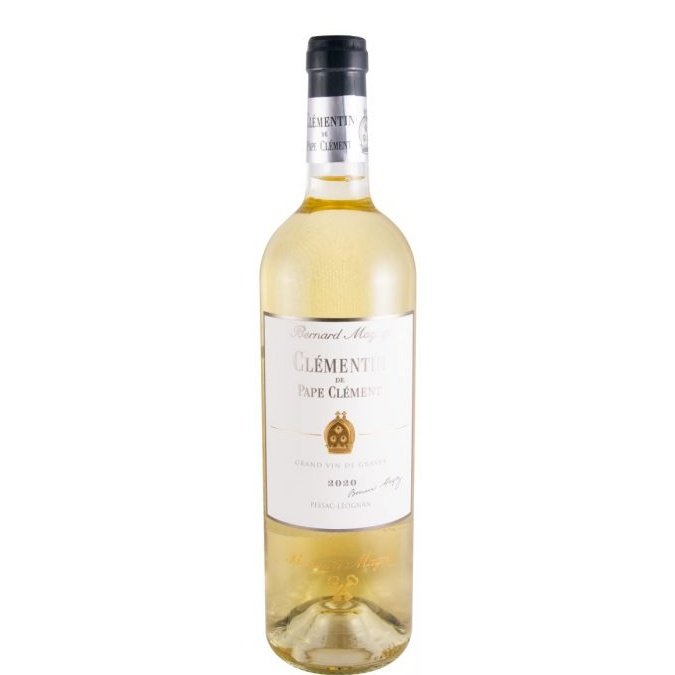Clémentin de Pape Clément Pessac-Léognan White 2020
Clémentin de Pape Clément Pessac-Léognan White 2020
Couldn't load pickup availability
93 Points -William Kelley, Wine Advocate, abril de 2023
 Château Pape Clément
Château Pape Clément
 France
France
 Bordeaux
Bordeaux
 2020
2020
 Sauvignon Blanc, Sémillon, Sauvignon Gris, and Muscadelle
Sauvignon Blanc, Sémillon, Sauvignon Gris, and Muscadelle
 75cl
75cl
 13,50%
13,50%
 10ºC - 12ºC
10ºC - 12ºC
Share

The story
7 centuries of history of a mythical Grand Cru Classé
1252
The first harvest took place in 1252. For more than 750 years, therefore, Château Pape Clément has been producing fine wines on the same terroir. At this time, it was called Domaine de la Mothe.
It was purchased at the end of December 1299 by Gaillard de Goth, son of a famous family from the south of Bordeaux. This purchase was made at the request of Bertrand de Goth, who had just been appointed Archbishop of Bordeaux, and for this reason could not accede to the property.
Bertrand de Goth became bishop of Saint-Bertrand de Comminges, then archbishop of Bordeaux in 1299.
1305
On being named Pope in 1305 (with the support of Philip IV, King of France), Bertrand De Goth took the name Pope Clement V.
In 1306, a few days before the death of Gaillard de Goth, Clement V was given the Pessac estate by his dying brother, thus giving his name to the Château.
Bertrand de Goth liked vine-growing and greatly concerned himself with the vineyard of la Mothe. When he became Pope, he considerably contributed to the development of viticulture, particularly in the Rhône Valley and all around Avignon. It is partly thanks to him that certain growths in Châteauneuf-du-Pape, Gigondas and Beaumes-de-Venise could and still can rival the best wines of Bordeaux.
Bertrand de Goth became bishop of Saint-Bertrand de Comminges, then archbishop of Bordeaux in 1299.
1864
Jean-Baptiste Clerc was one of the owners who marked the history of the estate. He was behind the existing Château, in the neo-Gothic style dating from 1864. Under his aegis, more than 30 hectares was replanted and this same year, the property received the grand ministerial medal awarded in the competition for the most outstanding vineyard.
Under Clerc’s management, Château Pape Clément soon became one of the best-known growths in the Gironde.
On 8 June 1937, a violent hail storm destroyed almost all the vineyards of Château Pape Clément and it was in 1939 that it was bought by Paul Montagne, who decided to restore the vineyard and the cellar to return them to the status they deserved.
The culmination of his efforts and the quality of the Grand Vin were finally to be recognised on the creation of the classification of Grands Crus Classés de Graves in 1959.
1985
Following a painful episode of hail in 1937, which damaged the vineyard, the land was bought in 1939 by the agricultural engineer Paul Montagne, who signalled the rebirth of the estate by replanting the vines and renovating the cellars. As early as 1953, successful vintages flourished again, but once again, from 1975 onwards, a lack of investment detracted from quality for a period of around ten years.
At the turn of the 1980s, Bernard Magrez, a passionate wine entrepreneur, took the reins at the Château and was to give this Grand Cru Classé an unprecedented international aura. In 1985, he marked the definitive return to high-level production, by now further enhanced by the talents of the famous consulting oenologist, Michel Rolland.
Bernard Magrez put in place vinification by plot, a guarantee of complexity and refinement in the wine: the grapes from different plots are vinified in separate tanks, to allow them to fully express their specific characteristics before blending.
2009
In 2003, the new barrel cellar opened its doors, followed in 2007 by the renovation of the cellar with its prestigious oak vats.
Bernard Magrez made every effort to allow the exceptional terroir of Château Pape Clément to stand the test of time and express the finesse that had made the reputation of its wines. It was in 2009 that these efforts were rewarded with the mythical score of 100 from the critic Robert Parker for Château Pape Clément white, and then the same score for Château Pape Clément red the following year.
Thanks to hard work, constant questioning, the alliance of tradition and innovation and a remarkable terroir, Château Pape Clément, Grand Cru Classé de Graves, continues each year to amaze wine lovers with its exceptional quality.
An exceptional terroir
The estate of Château Pape Clément is part of the Pessac-Léognan appellation situated in the Graves viticultural area.
The 60 hectares of the vineyard are based on a soil with exceptional components.
The Château terroir is situated on the oldest of the alluvial terraces, called the “Pyrenean gravel layer”. The originality of the Pape Clément site lies in the presence of a thin film of more recent Garonne gravel, deposited a million and a half years ago.
The planted red varieties are Cabernet Sauvignon, Merlot, Cabernet Franc and Petit Verdot. The white varieties are Sauvignon Blanc, Sauvignon Gris, Sémillon and Muscadelle.









